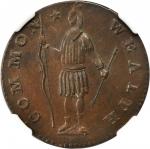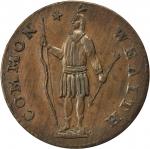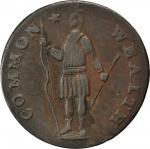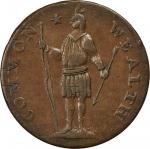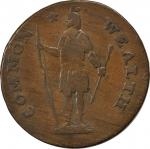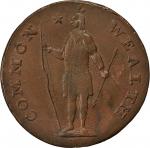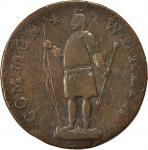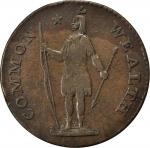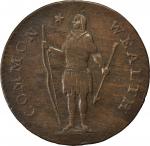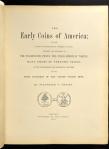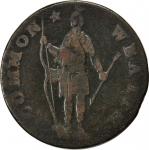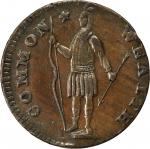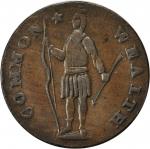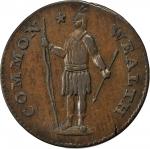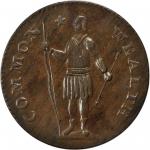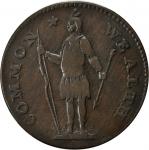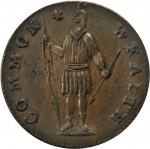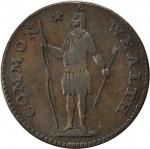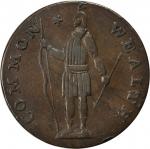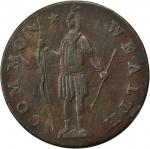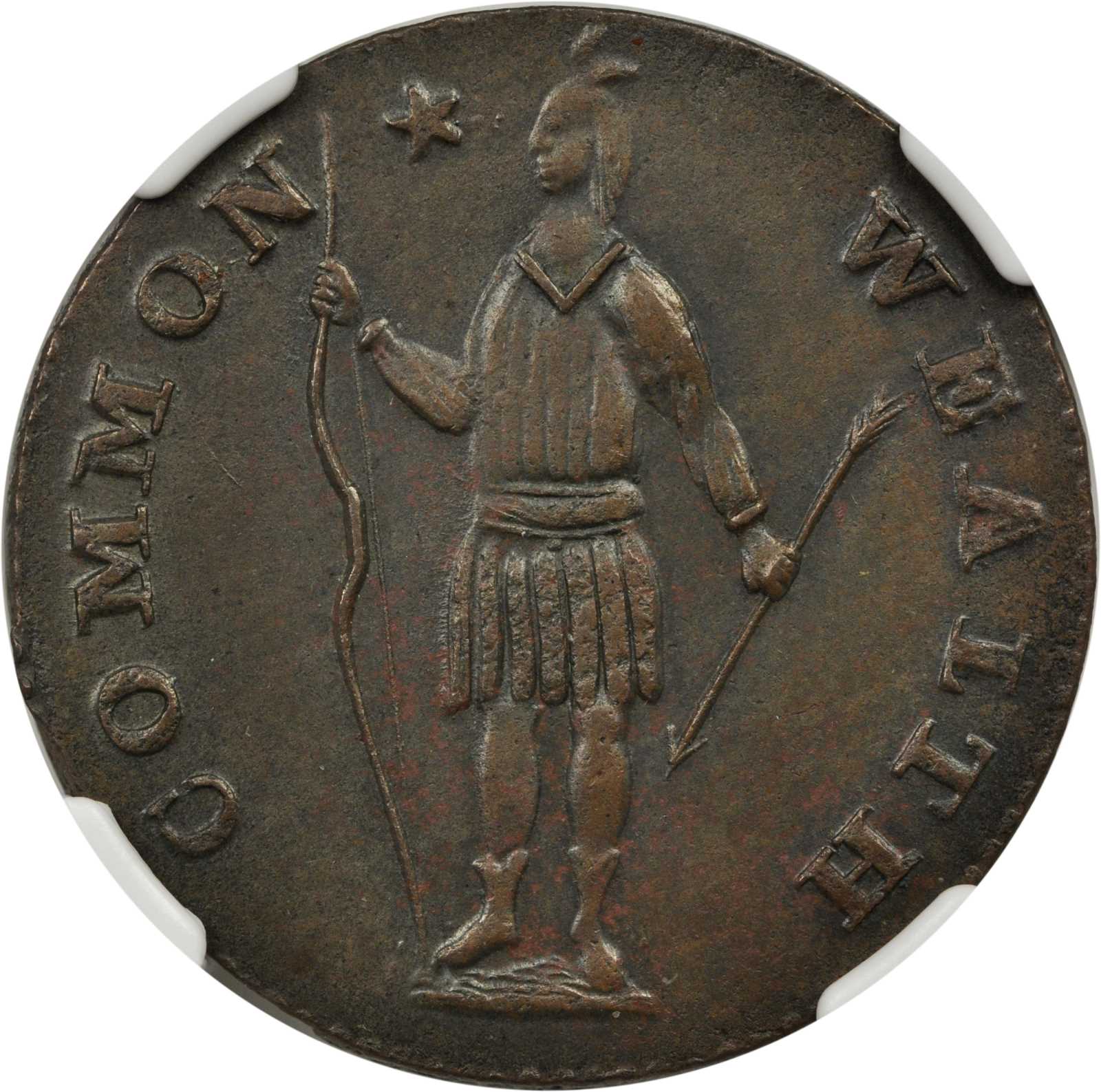1788 Massachusetts Cent. Ryder 11-F, W-6310. Rarity-5-. Slim Indian. MS-65+BN (NGC).A most impressive cent with strong mint luster swirling in the fields when the coin is rotated in the light. Deep olive brown with subtle ruddy mottling and overtones of pale blue-green on both sides. Under close inspection, the surfaces have a fine satin texture with light flowlines from die wear visible in places, but most prominent in the left reverse field. Some trivial natural planchet roughness is detected near the rims and at the centers, but there are no serious flaws, nor are there any handling marks worthy of mention. This piece was a highlight of Frederick Taylor’s collection of Massachusetts coppers. In that March 1987 sale, we described this as a “spectacular specimen of an issue seldom seen in any grade” and proclaimed it as “probably the finest known.” It brought the second highest price realized for a Massachusetts copper in that auction, exceeded only by Taylor’s 1787 Ryder 5-I cent, a variety that is not represented in the Twin Leaf Collection.pIn the years since the Taylor sale, we do not recall seeing any of this variety that come close to this coin in terms of condition. The Norweb coin was called Very Fine, while Ford’s was “Fine to Very Fine” with a scratch in the obverse field. Newman’s was the closest, but obviously inferior to this one, while Donald Partrick represented the variety in his collection with this very example. The ANS specimen is the closest contender we have seen. It seems to have slightly better color and equivalent sharpness, but it is peppered with tiny spots, some of which appear to be active corrosion. In any case, it is fairly clear that this example is the finest known or at least very high in the Condition Census for the variety. The typical specimen tends to be a Fine or Very Fine, often with problems. This one is truly outstanding.From the Twin Leaf Collection of Connecticut & Massachusetts Coppers. Earlier ex Frederick B. Taylor, Bowers and Merena, March 1987:2146; Anthony Terranova; Stack’s; Jon Hanson, April 1988; Donald G. Partrick, Heritage, January 2015:5729.


